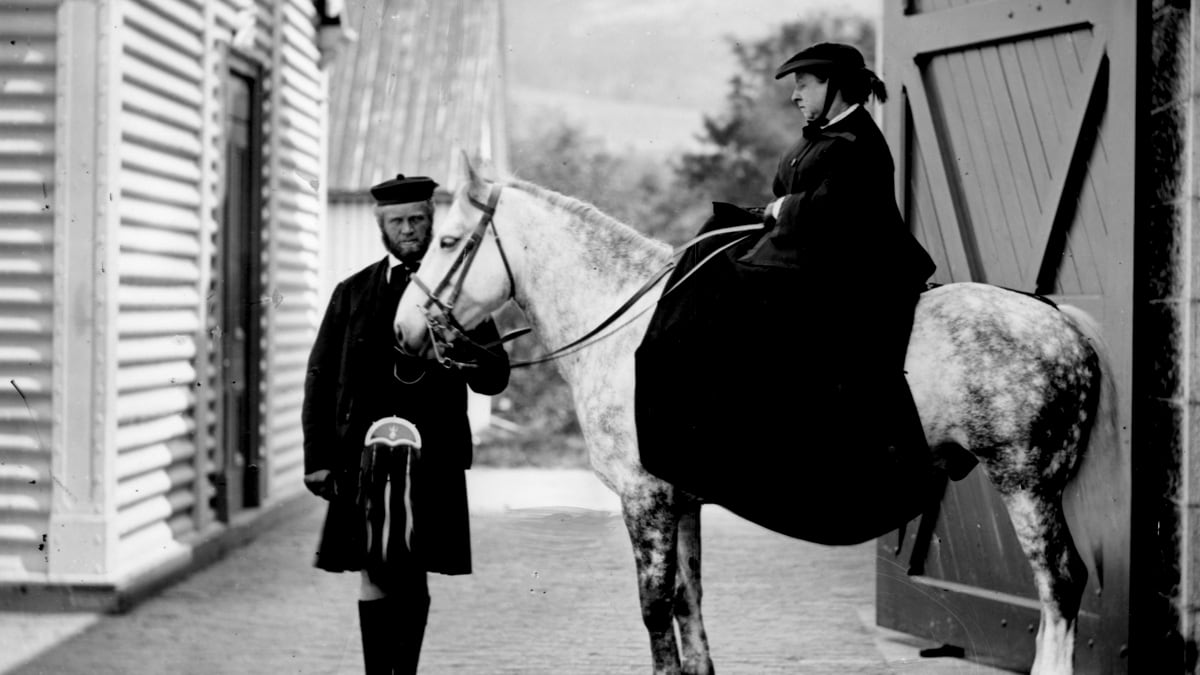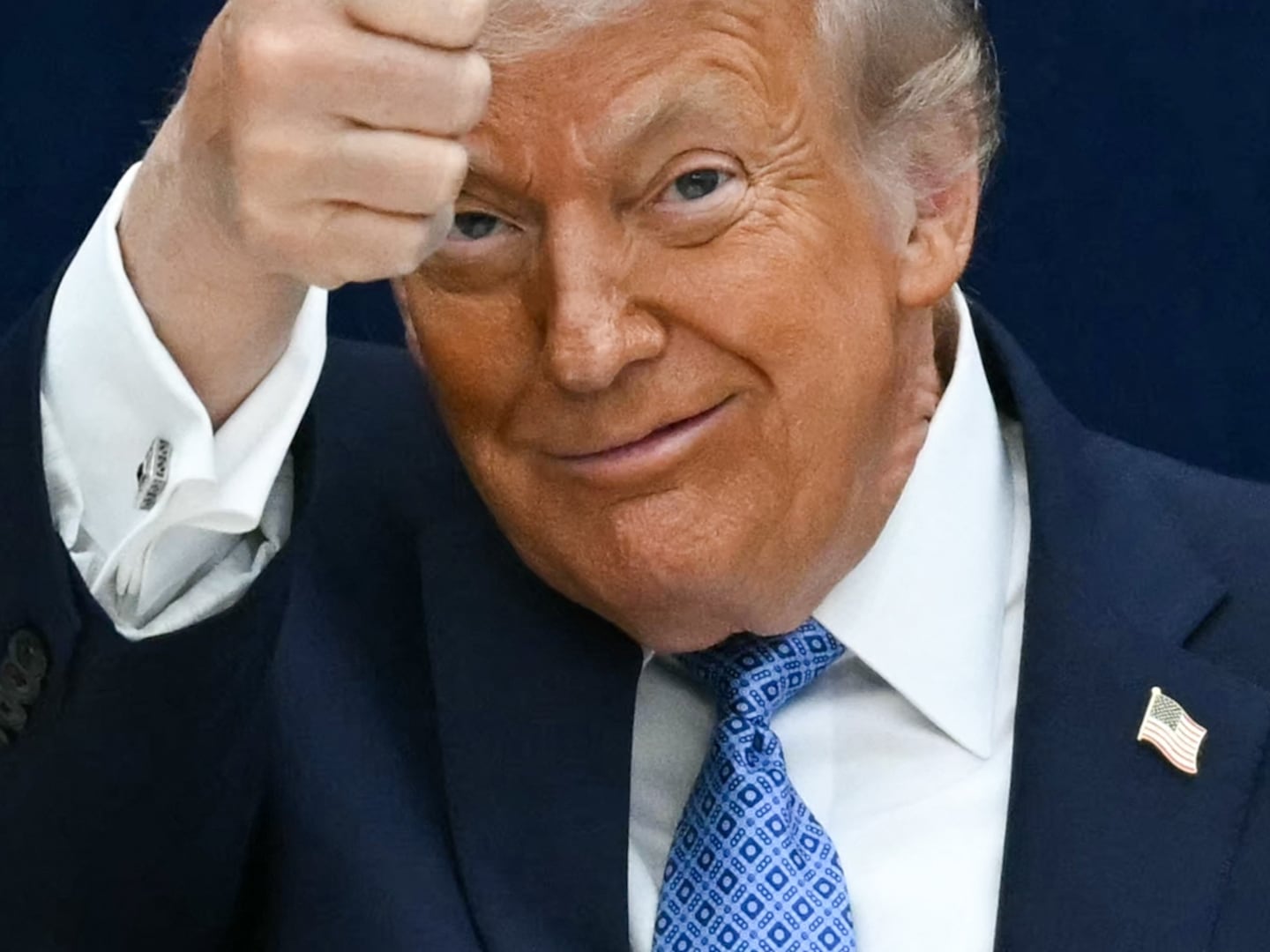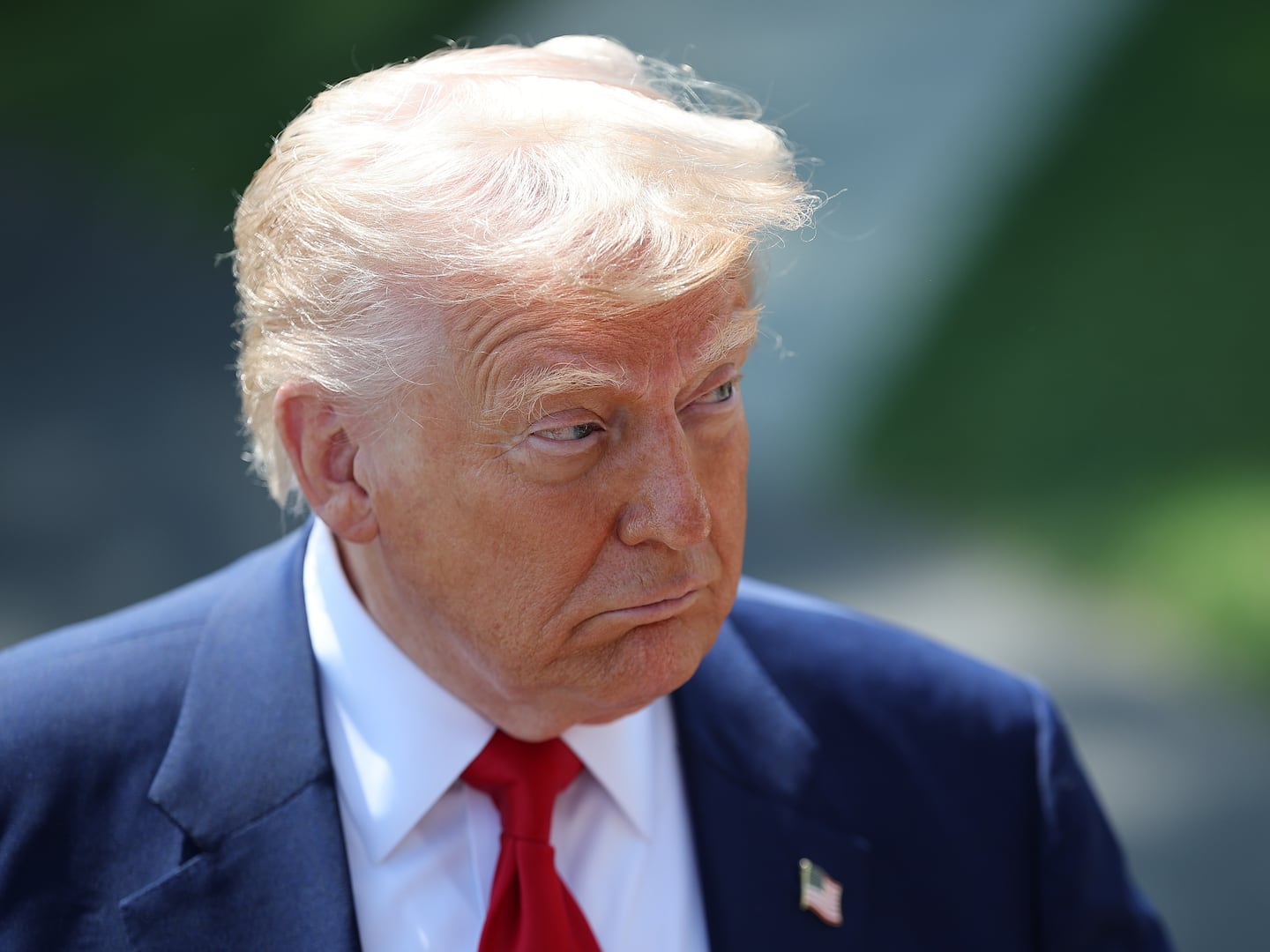Mention Queen Victoria and her ghillie John Brown, and the minds of most royalists will automatically recall the film with Judi Dench in which Brown was memorably portrayed by Billy Connolly as a kind of gruff platonic Scottish lover of the bereaved Queen, who adressed her not as “your majesty” but “woman.”
However, according to, “Whisperers”, an authoritative new study of the influence of apparent spirit contact on the course of history from ancient times to the present day by Irish author J.H. Brennan, John Brown was much more than just a plain-spoken friend and shoulder to cry on – he was Queen Victoria’s medium, carrying messages to and from her dead husband Albert.

Brennan – who may be better known to readers with teenage kids as Herbie Brennan, the author of the New York Times best-selling series of the young adult fantasy books "Faerie Wars" – writes at some length about Victoria’s obsession with spiritualism and seances, which was very much of the age.
For although Victorian science was essentially materialistic, with some scientists actually seeing a day when their work would be at an end, with everything weighed, measured and categorised; Victorian society in general, from top to bottom, was equally obsessed with the the spirit world.
Brennan points that, “Some of the most popular books of the day were concerned with the occult” including Dickens’s Christmas Carol, the tale of Scrooge and Marley’s Ghost. Hardly surprising, then, that the Queen herself grew interested in the possibility of communicating with the spirit world.
Brennan writes that while Brown “appalled the courtiers by his rough and ready manners”, Victoria saw Brown as her only real friend in the world after her husband died and while “contemporary gossips” concluded Brown must have made Victoria his mistress, “a more likely explanation is that Brown’s hold over Victoria may have been rooted, like the hold of Rasputin over his Tsarina, in the shadow world of spirit contact.”
Victoria and Albert had both participated in seances and psychics and mediums had been presented to Victoria, including the clairvoyant Georgiana Eagle, who demonstrated her powers before the Queen at Osborne House, on the Isle of Wight, in July of 1846. The Queen was so impressed that she had a watch inscribed to Miss Eagle for ‘meritorious and extraordinary clairvoyance.’
After Albert died on December 14, 1861, Victoria “plunged into the horrors of a nervous breakdown that lasted two years” and withdrew from public and political life.
Brennan writes:
“Instead of learning to stand on her own feet, to use her undoubted powers of judgment, she continued to behave as if Albert were still alive. When decisions had to be taken, she attempted to guess what Albert would have done and used this as her yardstick. At least such was the situation as seen by orthodox historians, but there may well have been more to it than that. Shortly after Albert’s death, a 13-year-old medium, Robert James Lees, held a séance in Birmingham during which, it was claimed, the spirit of the Prince Consort came through with the message that he wished to speak with his wife, the Queen. The development received a measure of publicity — one of the sitters was a professional editor. His published account of the séance was subsequently brought to Victoria’s attention.
“Despite her earlier interest in Spiritualism, the Queen was by no means credulous. She was aware how often spurious communications followed the death of a public figure. Besides, her position dictated a discreet, low-key approach. She instructed two courtiers to attend the next Lees séance, but warned them they were not to use their own names, nor reveal their standing as emissaries from the Court. I have not been able to pinpoint the identities of the courtiers concerned, but if they were not themselves believers in life after death, the séance they attended must have come as something of a shock. The voice phenomenon produced by Lees was instantly recognisable as that of the late Consort. More surprising still, the spirit addressed the courtiers by their real names. Eventually, reluctantly, they were forced to admit they had been sent by the Queen.
“It seems there followed a great deal of evidential material, including intimate details of life at the palace which only Albert could have known. The courtiers were impressed. So, when she had their report, was the Queen, but before she could take action, she received a letter from the schoolboy Lees. This letter was an example of automatic writing. According to Spiritualist theory, the shade of the deceased takes over the body — or at least the hand — of the medium long enough to pen a message. The message in this case was signed by a pet name used only between Albert and his wife and was packed with personal details. Victoria was utterly convinced that it represented a genuine spirit communication. She sent at once for Lees and a séance was held in the Palace.
"The voice of Albert came through the medium and spoke to his delighted widow. Lees paid nine visits in all to Buckingham Palace and his séances impressed the Queen so much that she asked him to join the royal household as resident medium. Lees refused the offer, apparently on the advice of his spirit guides, but did not leave the Queen without solace. His final message to her assured her that another medium had been chosen to keep the line of communication intact. This medium was ‘the boy who used to carry my (Albert’s) gun at Balmoral'.
"The boy who carried his gun was John Brown.

“After Lees’ revelations, Brown was sent for and subsequently took up residence in Balmoral. He remained there, as Victoria’s constant companion and medium for more than thirty years. It seemed that when she wished to find out how Albert would have viewed a particular issue, she did not, as historians suppose, have to use her imagination. Brown would mount a séance and the dead prince would speak for himself. Victoria kept a detailed record of these séances and after Brown’s death wrote a monograph about him which she wanted to publish. But her proposals were thwarted by her private secretary, Sir Henry Ponsonby, and by the then Dean of Windsor, Dr. Randal Davidson, who was so disturbed by the prospect that he threatened to resign as Court Chaplain. Rather than risk scandal, Victoria abandoned the idea. Ponsonby got hold of Brown’s private dairies and destroyed them. But the massive cover-up operation was not as thorough as it might have been. Years later, George VI happened on a detailed record of a John Brown séance that had somehow managed to survive. He read it with great interest and mentioned the fact to his speech therapist, Lionel Logue. Eventually the story leaked out until it was made public by the popular British journalist, Hannen Swaffer , who was also a Spiritualist. Despite Swaffer’s revelations, Queen Victoria’s interest in spirit contact failed to make much impression on the public mind; and less still on the minds of those historians and biographers dealing with the Victorian period. Thus background material on the whole fascinating story is difficult to come by.”
"Whisperers: The Secret History of The Spirit World" by JH Brennan is published today by Overlook Press






